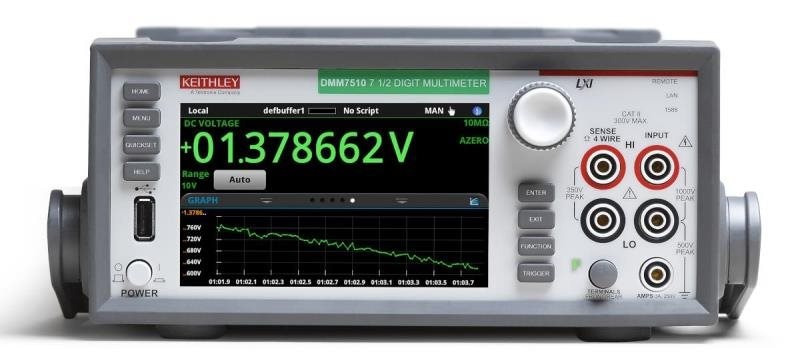
*This blog was first published on the Tektronix website.
Current technology markets are demanding more out of our batteries than ever before. These batteries are being pushed to charge faster, hold more and last longer. Makers of electric vehicles need batteries to be smaller, lighter, safer, and cheaper. All of these pressures lead manufacturers to one question: How do we guarantee the batteries live up to these tight standards?
Why Grade Batteries?
The battery manufacturing process as a whole can be reduced into two sections, cell manufacturing and module/pack manufacturing. When the cell is complete at the end of the cell manufacturing process, it is necessary to characterize the performance of the battery cell. This process is called grading the battery. Batteries that have the best performance (fully meet specifications) are considered grade A batteries. Batteries that mostly meet expectations are considered grade B batteries. The lowest category of performance then is grade C.
Grading the batteries has several functions. Firstly, most of the battery cells will eventually be combined into modules and packs. These modules and packs perform better when the individual cells are similar in performance. Secondly, many applications such as electric vehicle and other transportation applications require the ability to charge quickly, output high power, and maintain performance over their lifespan. For this reason, many automotive OEMs require grade A batteries for their products. Grade B batteries are often uses in less demanding applications, such as stationary power storage.
The Grade A Testing Solution for Battery Grading
Batteries can be characterized using several measurements but one of the most important battery measurements is the open circuit voltage. Measuring the open circuit voltage of the battery while it rests can characterize the quality of the battery cell. Higher quality battery cells discharge less over time than cells with minor defects.

The best solution for measuring the open circuit voltage of a battery cell is to use an accurate digital multimeter (DMM) like Keithley’s DMM7510. The DMM7510’s 7.5 digit resolution ensures that you can detect changes in the battery’s open circuit voltage faster, saving valuable testing time. On the 10 V measure range, the DMM7510 can measure single microvolts. The DMM7510 is also highly accurate, with an accuracy of 14ppm* on the 10V range, so instrument accuracy won’t be a limiting factor in the criteria between grade A and B batteries. The DMM7510 is reliable and accurate, allowing you to have confidence in your measurements to back the quality of your batteries.
*14ppm of reading + 1.2 ppm of range, 10 V range at 1 year
